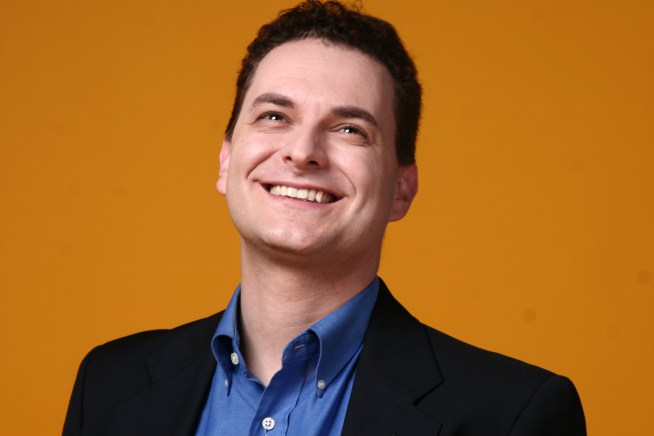Friday, March 23, 2018

Pianist Enrico Elisi discusses his April 2018 artist residency, Bach's Partitas for Keyboard:
The life of a performing musician who is simultaneously juggling the many responsibilities of a full-time professorship is hectic. Occasionally, I feel the need for a short escape to find protected time for my practicing and personal studies. When that retreat takes place at Yellow Barn—an idyllic place with studio space in quiet, spacious settings—one feels grateful. For this reason, it is exciting to imagine and look forward to my upcoming residency, when I will be able to concentrate on qualitative work and find some truly productive time!This residency will give me the chance to continue my studies of selected repertoire by J.S. Bach, in preparation for three upcoming solo recitals in China, the United States, and Italy. In addition, this moment of unique concentration on my work will be of great value for my upcoming CD project on the same subject. The focus of my residency is the study of choices of ornamentation and articulation, as well as the variety of applied possibilities, that the original text of Bach's selected works suggests based on historical evidence. In addition, I wish to use the uninterrupted time at my disposal to transcribe and study ornaments and articulations used by selected keyboard players who have left us recorded and vibrant interpretations of Bach. I am especially (but not solely) interested in the work of musicians who perform Bach on historical keyboards. Since I play Bach on the modern piano, the view of musicians who do not can only compliment and enrich what I feel more comfortable with. I am ready to accept the challenge!There is a downside to this idea, however, which has to do with certain traditions in the field of classical music. For instance, young jazz pianists routinely transcribe sound documents as a tool to better understand and study the styles of various performers. Unfortunately, this is not widespread among "classical" pianists, or, to avoid the use of that misunderstood word, pianists tackling other forms of art music. On the contrary, it is often frowned upon.This said, I have a very open-minded approach, and if the result of my work can help me (and others, when I present what I have discovered to other musicians) think of a few more possibilities to draw upon ornaments and articulations more freely (possibly, even on the spur of the moment from the available choices) and thus create some fresher interpretations, then I will be satisfied with the scope of the project.Naturally, there are helpful (albeit confusing) statements on ornamentation in several important historical sources (the major treatises of the Baroque period, for instance), but even those suggestions can be interpreted slightly differently among performers. Transcriptions may reveal differences in the interpretation of ornaments played by different musicians. Interpretations can vary between musicians even when their choices are based on historical evidence. The truth is that there are some possibilities and I am far more interested in the notion of the variety of these possibilities than of confining myself to accepting only one view (for instance, the first I envision). If there is one truth about the Baroque period, it is that performers were allowed a certain latitude with the text. The symbols—the notes, the pauses, the slurs, the staccatos, the ornaments—were meant as starting points. This does not mean that a performer should have a green light to do what he or she wishes at will. I hope to find a balance—a synthesis—between these radical points. I know that my journey at Yellow Barn will be a fascinating one!
Enrico will conclude his residency with a performance at Next Stage on Saturday, May 5th at 8pm. The concert concludes with an open discussion between musician and audience.
